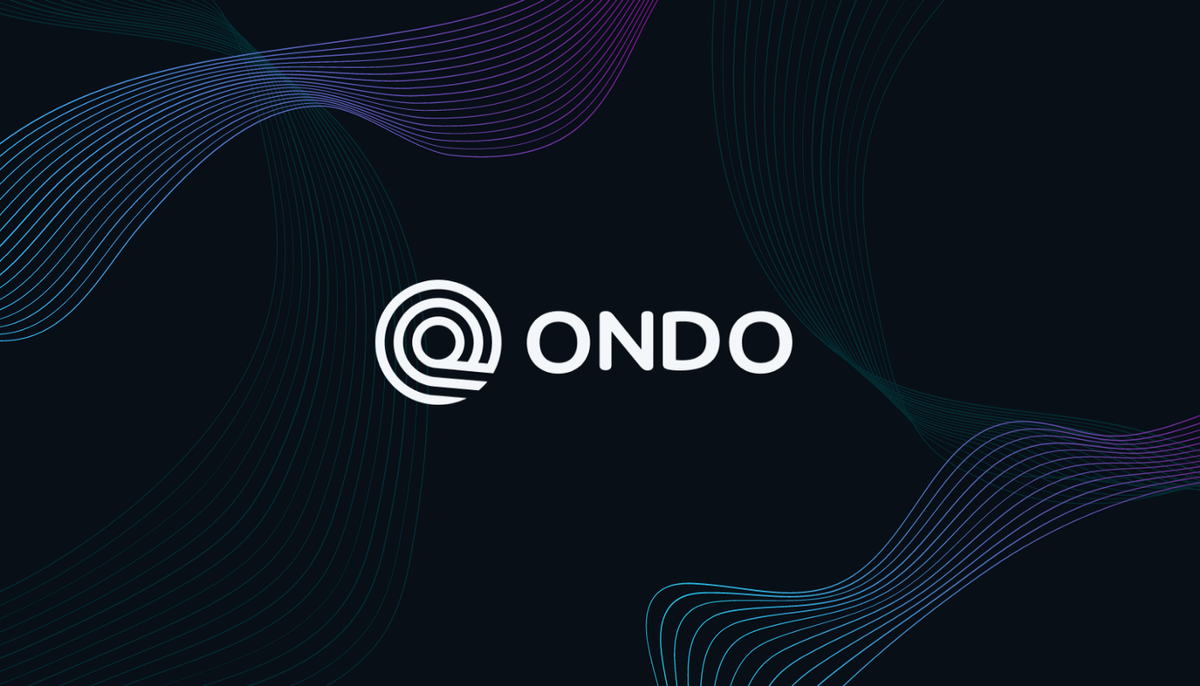The Limits of Liquidity Mining

By Justin Bram
Background on Liquidity Mining
At a high level, Liquidity Mining is a way for a protocol to bootstrap its growth and liquidity by rewarding users with tokens for providing liquidity or other services for the protocol.
Why do projects want to increase liquidity in their own tokens?
- Adoption: Lack of liquidity makes it difficult for users to acquire and adopt a project’s token. Large value-add investors, in particular, can only buy tokens from projects with ample liquidity.
- Volatility: Tokens with low liquidity have highly volatile price behavior, as their price is more easily moved by buy and sell pressure. High volatility in a token can deter many investors.
- Resistance from manipulation: The price of tokens with low liquidity can be easily manipulated. Price manipulation is bad for a project’s optics and investors.
- Exchange requirements: Exchanges will delist tokens with low liquidity for the above reasons.
However, there are also well-known limitations with liquidity mining.
We know, for instance, that while high yields may contribute to users buying the token and driving up the price at first, the opposite effect occurs when users exit. This can lead to dramatic price rises in certain tokens followed by price crashes as the price dropping creates further selling pressure as more users exit their liquidity mining position.
Furthermore, thanks to the work of others, including Nansen.ai, we know that liquidity mining often attracts very mercenary capital. They found that 42% of yield farmers exited the farm within the first 24 hours.
Here we will take a deeper look at Alchemix (ALCX) and how rewards and liquidity mining have contributed to the price action.
ACLX Case Study
We did an analysis of ALCX rewards to better understand how they affected token prices. First, we looked at individual wallets that had received ALCX rewards and examined how much of that ALCX was [net] sold by those wallets.
Early on in the farm, we can see that wallets that receive rewards are net buyers of ALCX. This is not surprising as they will need ALCX in order to participate in the liquidity mining. However, we can see that starting in April, these wallets became net sellers of ALCX. Not surprisingly, this coincided with the price drop of ALCX.
Though it can be difficult to establish exact causality, the high rewards emissions of liquidity mining can attract users who wish to lock in their APY’s by selling the rewards token immediately. These users may also decide to exit their liquidity mining position if the token or the APY drops and will likely sell their tokens, adding further price pressure.
We also examined the duration of staking for rewards. We found that 26% of wallets were staked for ten days or less. Stakers are likely to purchase ALCX to enter the pool but may decide to sell once they exit. Hence, the shorter duration of staking, the more mercenary the capital. We want to point out that 57% of wallets were staked for more than 30 days.
Our analysis is publicly available on Dune. You can find the reward/trade analysis here and the staking duration analysis here.
Closing Thoughts
In the short term, liquidity mining can help foster user adoption and bootstrap initial liquidity. That said, based on the research from Nansen and the insights from this case study, liquidity mining has significant downsides. In many cases, liquidity mining does not seem to foster sustainable user adoption or dampen volatility over the long term.
One of our goals at Ondo is to help projects move away from standard liquidity mining campaigns to our Liquidity-as-a-Service offering, which we believe is a more sustainable approach to liquidity.
About Ondo Finance
Ondo Finance is connecting and servicing investors and token issuers in DeFi with on-chain investment banking services. Ondo is being developed by a team of traditional banking veterans and DeFi experts. The team includes alumni from Goldman Sachs Digital Assets, Facebook, BadgerDAO, Snap, private equity funds, hedge funds, and various venture-backed start-ups.
If you’re interested in getting involved, join us on Twitter.

